Taste Updates: Amber and DIPA
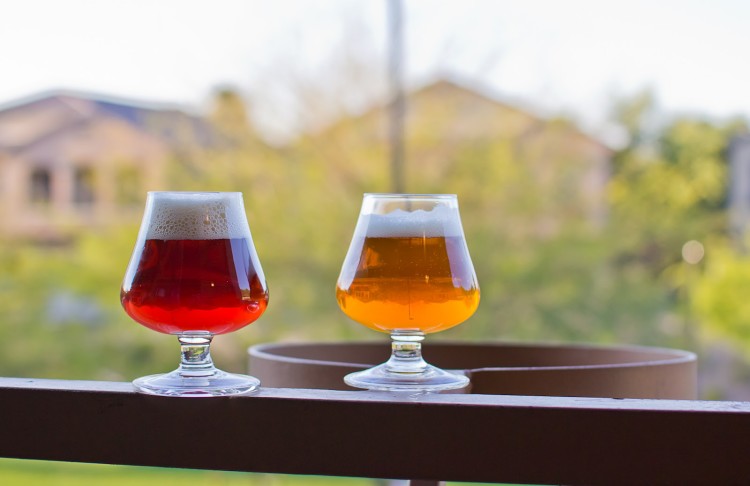
My two most recent beers are finally carbonated, conditioned, and tasting their best. The first is my Amber Ale, and the second is my Furry Penguin that was brewed here. Below are the tasting notes.
Read More
Hoppy Beers and Whirlpool Hops
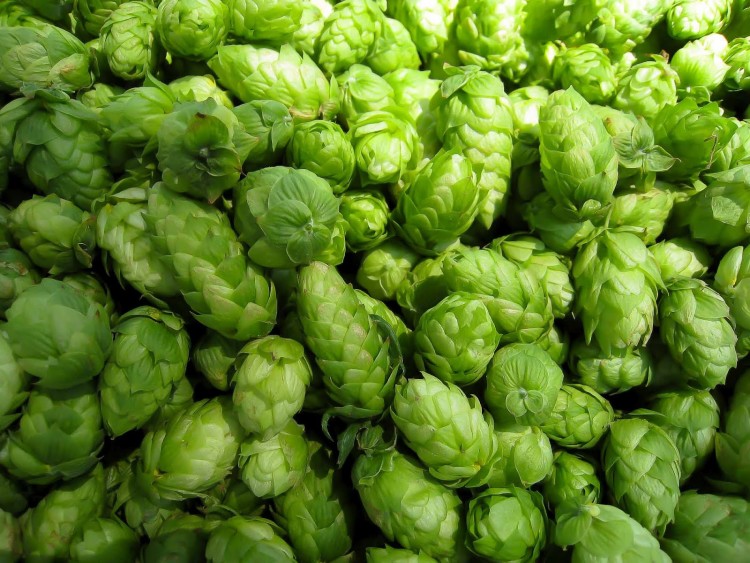
Over the past year I’ve really studied the differences between professional brewers and home brewers. While there are many, one of the big differences in hoppy beers is that pro brewers whirlpool their wort post boil (hot), and home brewers typically do not. Pro brewers often add copious amounts of hops during this time, while it’s rare to see home brewers add hops after flameout, and delay chilling their wort. After thinking about this for awhile, I realized, why not?
Read More
How to keep better brewing logs
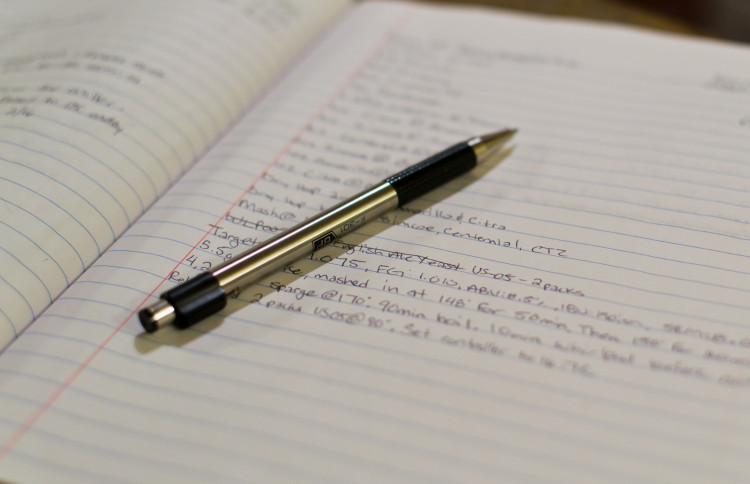
If you’ve been brewing for any period of time, you’ve certainly re-brewed a batch you’ve brewed before. Unfortunately, repeatability is one of the more challenging things for a home brewer. We, as home brewers, don’t brew the same beers day-in and day-out, and we often don’t have rock solid, repeatable processes during the brew day. I know I’ve had this issue myself, and it’s definitely something that bothers me. I’ve found that keeping better brewing logs can really help.
Read More
120 Minute: Your Newborn Baby
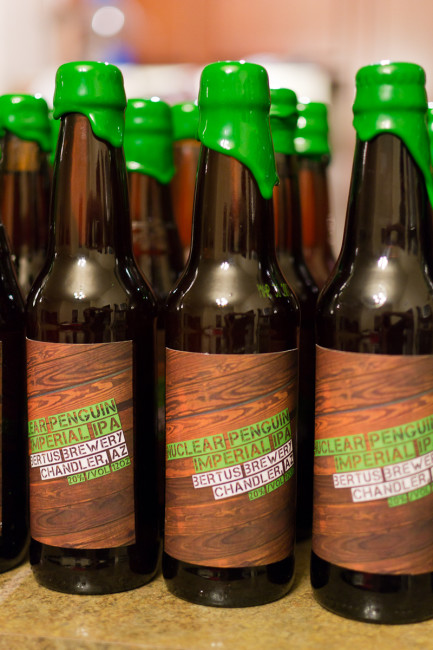
Brewing a 120 Minute IPA clone is much like having a newborn: It’s very temperamental, and it needs fed twice a day. In all seriousness, this beer is a lot of work. You need to be very organized, and very sanitary, as you’ll be messing with your fermenting wort daily. So here are a collection of tips and tricks I learned along the way that will help should you want to tackle this beer.
Read More
Dogfish Head 120 Minute IPA Clone
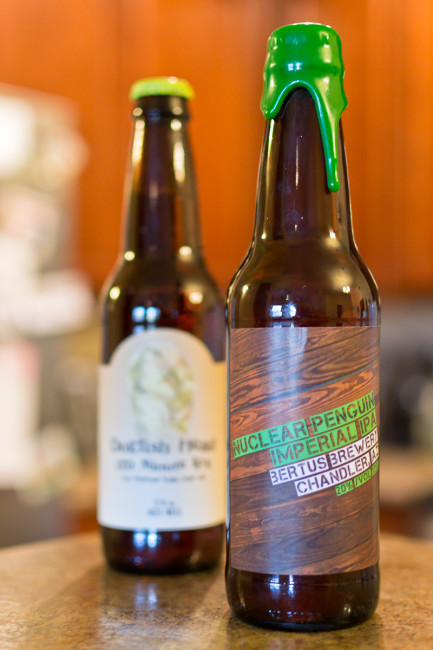
After this post discussing my plan to brew a cross between 120 Minute and Pliny the Younger, I got some feedback that I should post the recipe and process for the original 120 Minute clone. Most of the info is detailed here, but that thread is a million pages long and the information isn’t condensed. Unfortunately, there’s a flipping ton of information about this beer, so hold onto your hats, this is going to be a long one.
Read More
How to take better photos of your beer
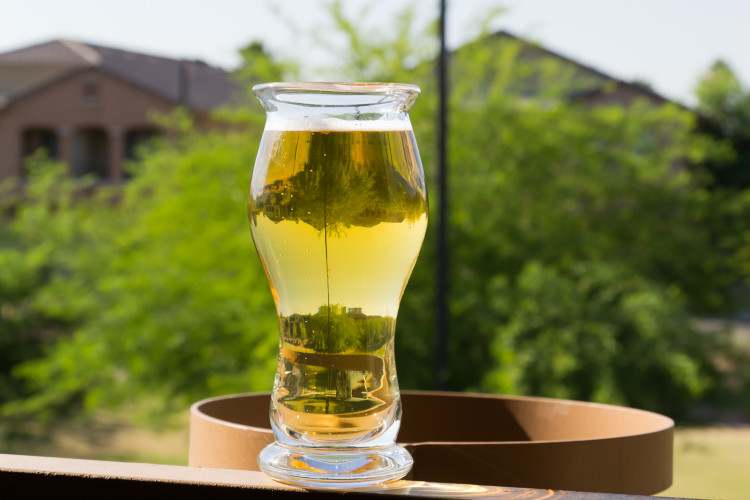
Kill the Flash
Please, for the love of good looking photos, turn off the flash. Flashes on most consumer cameras are nearly useless. Unless you absolutely can’t see anything in the photo without the flash, you’re better off without; it’s that simple. Photos of people and things almost always look better without the flash, and beer definitely falls in that category. Flash light reflects off the glass, and washes out the photo. Improve the ambient lighting if you need to, or find another location to shoot before you turn the flash on.
Read More
Slightly New Direction
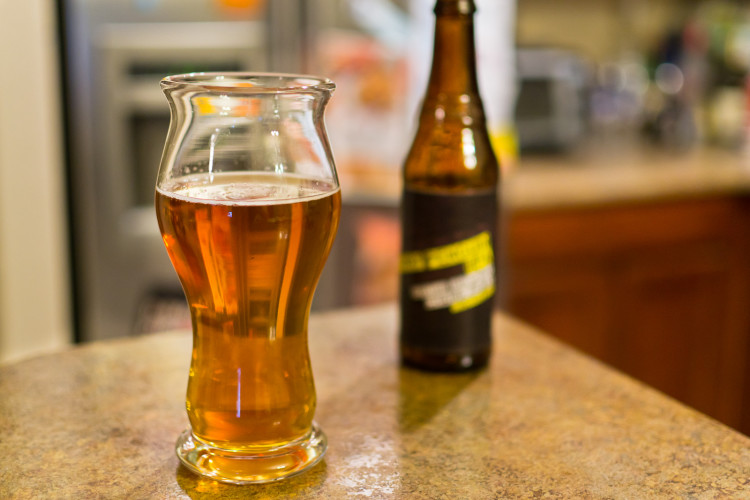
Let’s face it, every new recipe we brew is a gamble. As we become better brewers, we learn how to make more new beers successes rather than failures, but it’s never a sure thing. Every brewery is different, every brewer’s process is different, and at the end of the day, we’re all counting on 200 billion organisms to ferment our beer the way we intend. So what am I getting at?
Read More
The Best Laid Plans…
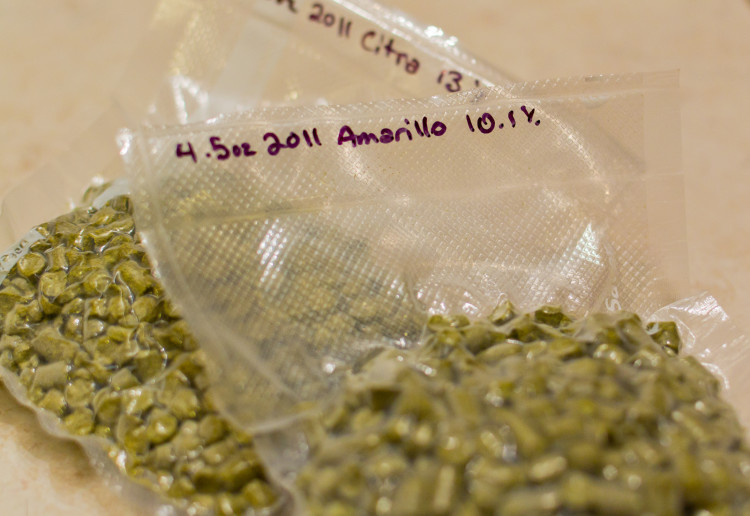
It always seems to happen. Every time I plan a number of beers in advance, I never manage to stick to the schedule. Thankfully I did make it through five of the six beers I had recently planned, but it looks like the Pale Ale is going to get pushed back. Sometimes my creative ADD takes over.
Read More
Brewing with Bertus
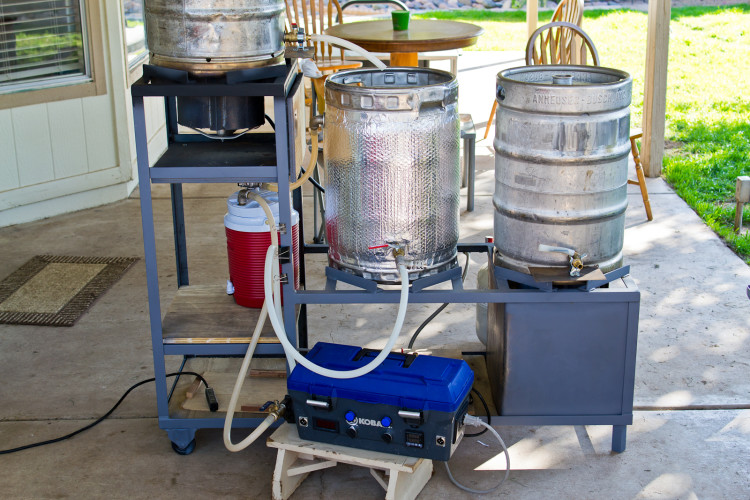
It’s probably about time that I post a walk through of my brew day. Today Greg and I are brewing my Furry Penguin DIPA.
Read More
Taste Updates: Porter and Stout
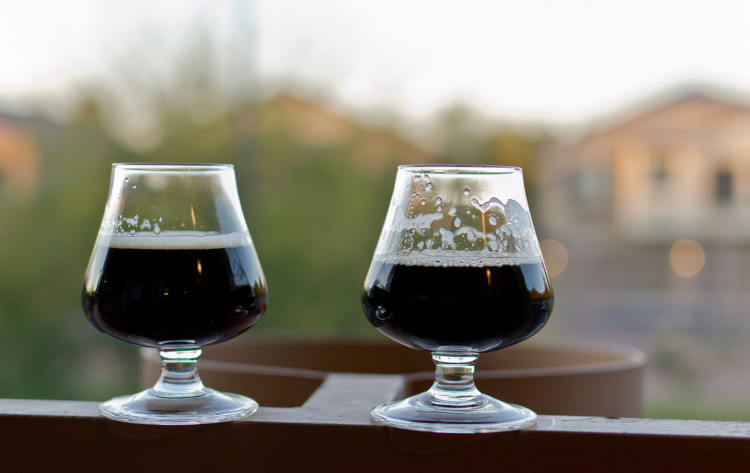
So the Foreign Extra Stout and Robust Porter I brewed awhile back are both finally reaching their peak. Here are some brief tasting notes for anyone considering brewing them.
Read More